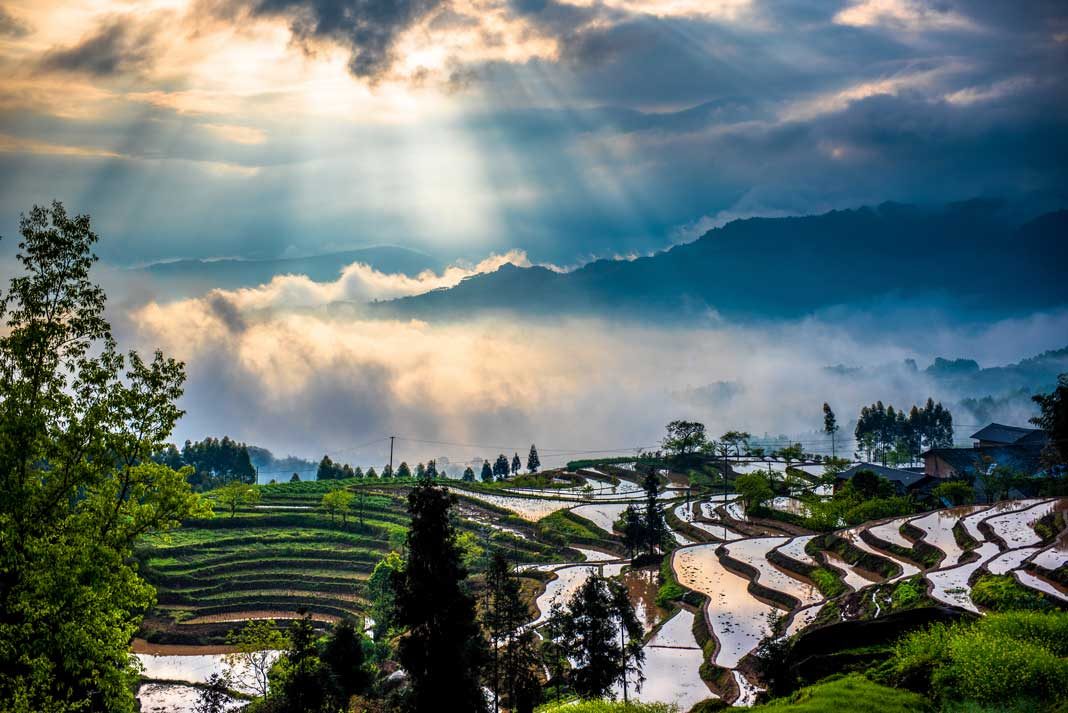Asia – one of the most diverse continents on the planet and also the most populated, with China alone inhabits 1.3 billion people. In the modern sway of technological advances, Asia is the forefront of global development and the king of the industry. This vast continent acted as a base for expanding ancient civilizations, such as Persia and Mesopotamia, which have shaped history, and remained deeply embedded within continental heritage. Asia boasts a basket of different languages and dialects, with every inhabitant roughly speaking one or more language than their native one. Asia’s natural charm and range of qualities is the starting point to discovering its wonders. Great minds spawn even greater monuments that persist through time. Explore the Seven Wonders of Asia boundless quantities of wonders from the depths of history.
-
Table of Contents
The Great Wall of China
This world wonder is of unstoppable length, stretching from east to west at approximately 13,170 miles. It was demanded a world heritage site by UNESCO in 1987, because of its plentiful history of more than 2000 years back. It’s lengthy twisted walls travel up deserted grasslands and gigantic mountainous slopes for as far as the eye can detect; it is also reportedly visible from space!
The wall that we see today was constructed within the Ming Dynasty, from 1368 all the way to 1644. It’s most famous sections include Mutianyu, Badaling and Jinshanlimg, which all provide an extraordinary diversity of scenery, depending on which part you visit. The wall is essential in understanding Chinese culture, as it is ingrained in native mythology throughout history. Legends become incorporated into folk songs and classic Chinese operas.
Visit this immense structure, with a sense of awe in the presence of one of the world’s most iconic, and recognizable wonders.
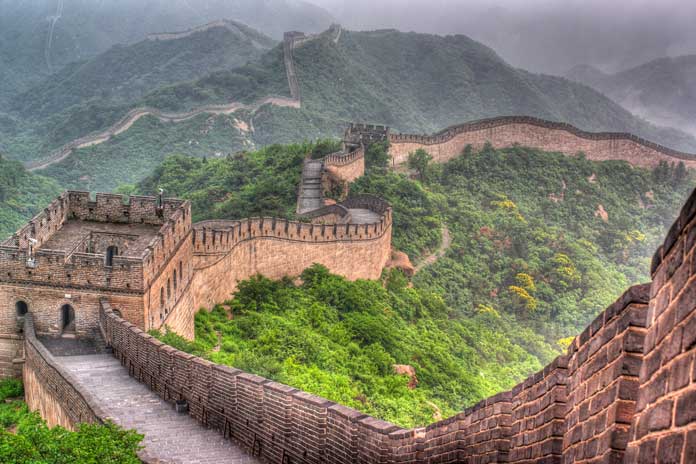
-
Hagia Sophia
This Turkish architectural beauty is of great religious importance, and is monumental to the Istanbul skyline. Built in the 6th Century AD, the Hagia Sophia was originally constructed as a cathedral in what used to be Constantinople, and its true meaning is ‘holy wisdom’
Sunlight spills through the windows of the mosque in a god-like manner, revealing its innate, yet still an enigmatic beauty. The Hagia Sophia has two separate levels, the ground floor, and the gallery above. This correlates to the theory that in the past, certain individuals were segregated during service, for reasons such as gender or class. In 1934, the Turkish government turned the Hagia Sophia into a museum, welcoming tourists from across the world to bask in its overwhelming beauty and significance.
To this day, reconstruction still persists in maintaining this majestic Asian architectural structure. It is one of the most sought after sights in Istanbul and a rich part of the city’s heritage.
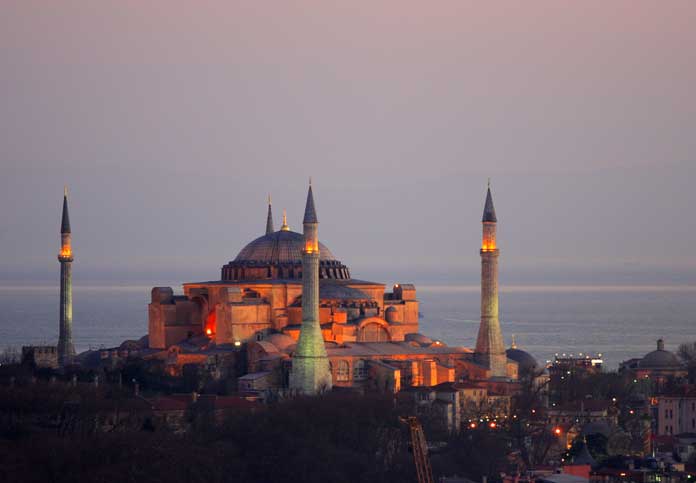
-
Taj Mahal
A monumental temple built of white marble is one of the world’s most outstanding architectural achievements in history, rightly crowning it one of the world’s 7 wonders, not just an Asian wonder. It was built between 1631 and 1648 by the emperor Shah Jahan in memory of his most precious wife. Luscious green gardens lay before this majestic mausoleum of love and affection, offering unbeatable perspectives and reflective angles for tourists to indulge in.
The tomb is representative of the house of the queen in paradise, and the divided sides of the river depict the great novels that lined on duplicate sides of the Agra River. The construction of the Taj Mahal was intense; ultimately costing 32 crore rupees at the expense of 20,000 labor workers. There is a huge amount of history to discover at the Taj Mahal, so what on earth are you waiting for?!
This monument is the epitome of unmeasurable beauty, and cannot be fathomed into words. Visit this phenomenal site and fail to be disappointed.
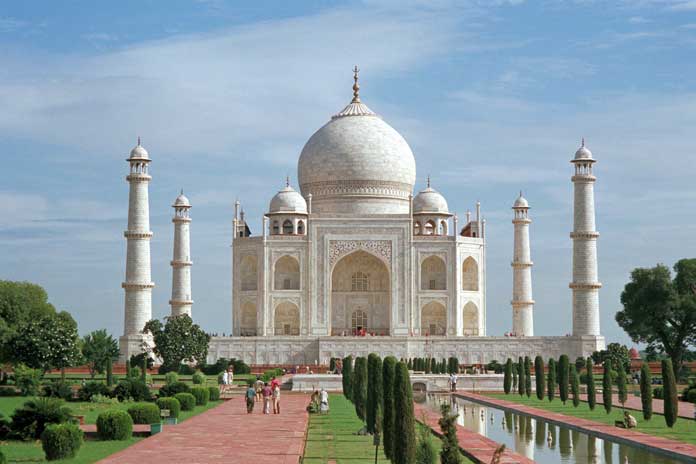
-
Petra
This Nabatean, prehistoric caravan city is an important archaeological site where ancient eastern traditions merge with Hellenistic design. Petra is a ‘lost city’, that is half built and half carved into sheer, sharp rock faces. It is enveloped by mountains of gorges and red sandstone landscapes. The archaeological remains can be travel back to a variety of eras, making it a symbol of lost civilizations and glorified history.
Dramatic cliff carved tombs and temples provide a welcoming entrance into a vast trading city that once was a place of flourishing civilization. This intrigue has had a heavy influence on a touristic attraction to Petra, because of lack of definitive answers.
This ‘lost city’ still has an array of secrets to reveal; so take a well worth trip to Jordan and discover them yourself! You’ll be amazed by the sheer size of the towering structures, leaving you in a state of wonder.
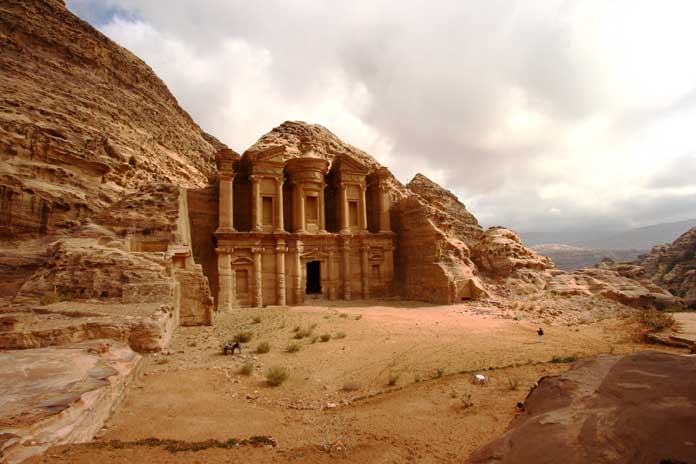
-
Mount Everest
Proudly showing off its title of biggest mountain in the world, Mount Everest is undoubtedly an Asian wonder. The summit is the border of Nepal, all the way to the south of China and Tibet in the north. This monstrous mountain peaks at 8848m high, and at a ripe age of 60 million years old, it was formed by the movement of the Indian tectonic plate pushing against the Asian plate. Temperatures can drop to -80 F and wind can blow well over 200mph, whilst still reaching scorching hot temperatures in some regions.
Mount Everest was first identified in 1841 by British survey team led by Sir George Everest, which it was then named after in 1865. The first attempt was made by a British expeditionary in 1921 on the northern side, and the first summit on the northern side was reached in 1960 by Chinese climbers. Despite many successes, a total of 282 people have died from 1924 to August 2015.
Thus, unless you’re a heavily experienced climber and can handle the pressure, just appreciate the mountain from the ground; it’s still worth it.
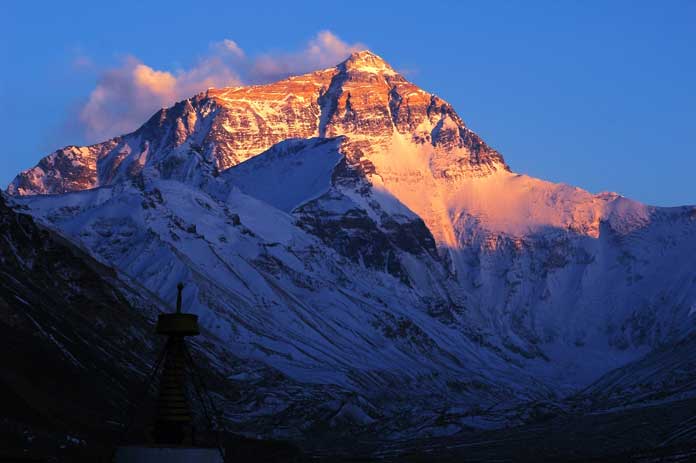
-
The Golden Temple
The golden temple can be found in the Indian city of Amritsar and exudes majestic tranquility. The sight has been formed into a silent meditation retreat for those who require it. Historically, the Buddha is known to have spent a large amount of time here, contemplating through intense meditation.
For years, the temple was destroyed on countless occasions by Muslim armies, but every time it was re built with an even greater level of beauty, proving it a true wonder. The architectural style draws links between both Hindu and Muslim styles, forming its own unique scenic image of perfection.
Experience feelings of spiritual enlightenment and energetic power as you venture into this holy golden temple that boasts truly incompatible beauty.
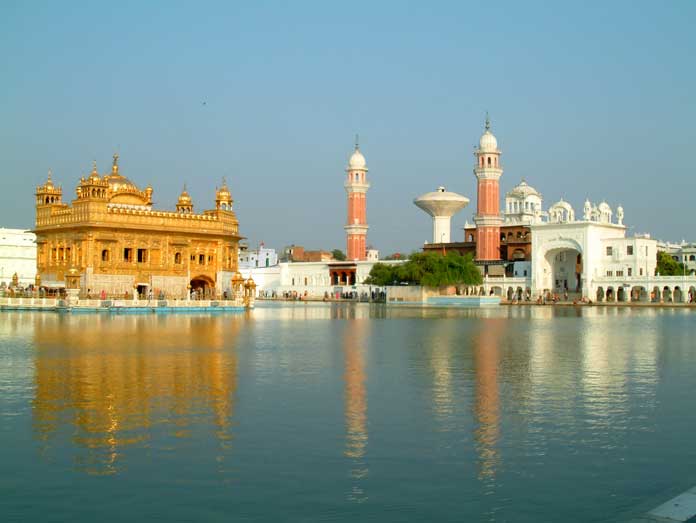
-
Angkor Wat
This magnificent preservation of peace prides an impressive monument of power. Angkor Wat, in Cambodia, was constructed in the first half of the 16th century, taking 30 years to complete; it is dedicated to Vishnu by the King Suryavarman 2nd as a replica of Angkor Thom art style. Angkor Wat is the largest monument of the Angkor group and is amazingly preserved as an Asian masterpiece. Its degree of balance and clarity make it an exceptional beauty and irresistible to those who have the pleasure of seeing it.
The word ‘wat’ is Khmer for temple, which was paired with Angkor when it became a Buddhist monument in the 16th century. It is generally seen as a funerary temple for the King and symbolizes a setting sun and death. Be sure not to miss this Cambodian masterpiece.
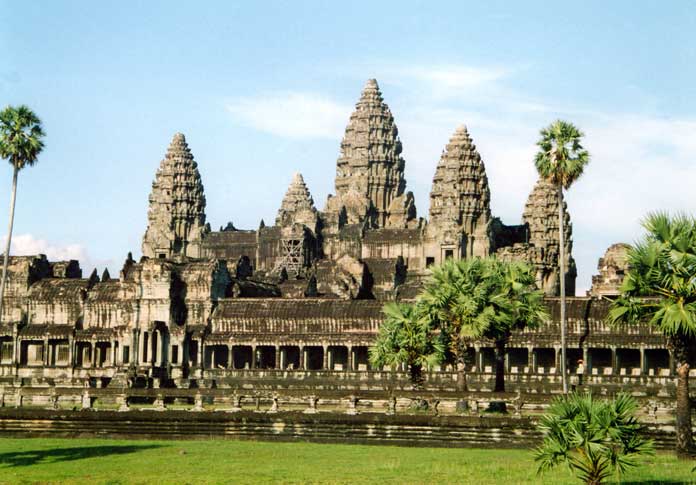
And there we have it, the Asian 7 wonders. Don’t forget to share this article with your friends and family!

